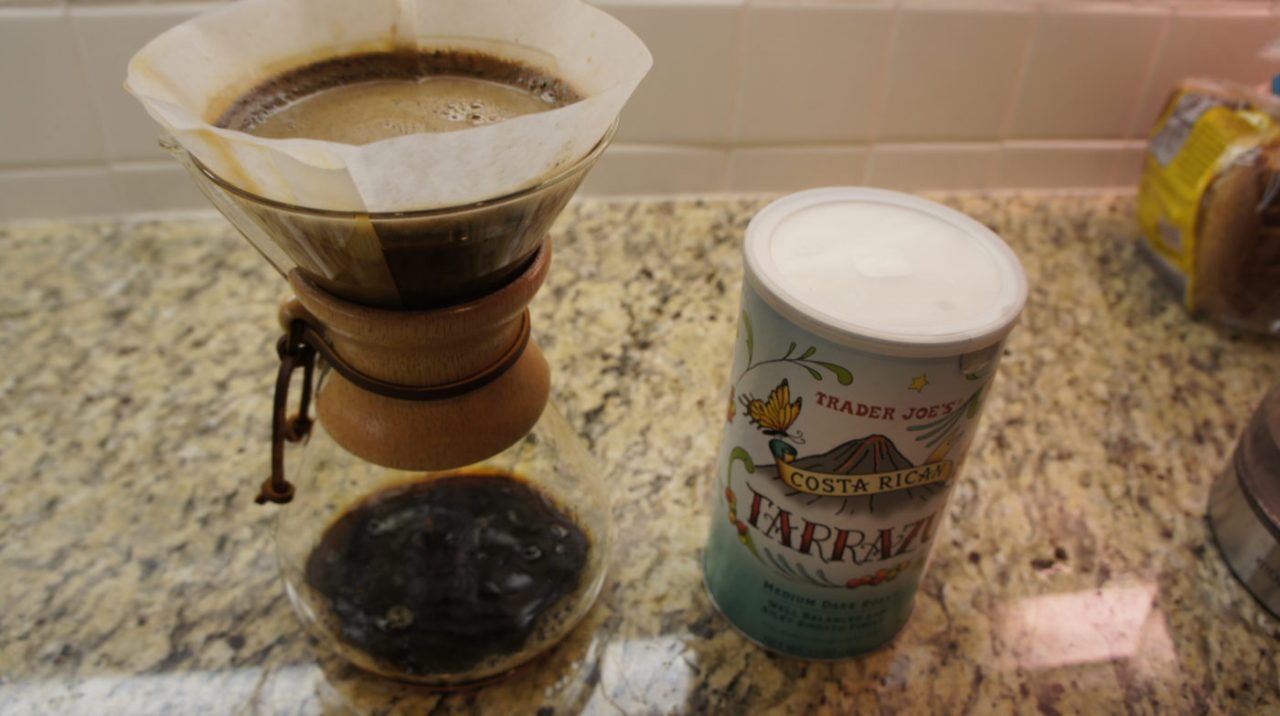Characteristics of Sidamo Gouji Coffee what is the difference between Sidamo and Yega Chuefei Coffee

Professional coffee knowledge exchange more coffee bean information please follow the coffee workshop (Wechat official account cafe_style)
Due to different soil types, microclimate and non-primitive raw coffee varieties, the coffee produced in each town is significantly different. Between 2010 and 2012, coffee scored 92-94 points in a row on the authoritative coffee review website in the United States. From this, we can see the extraordinary value of raw coffee beans. The area has high-altitude mountains, highlands, valleys and plains, with topographical diversity. The soil in the area is fertile volcanic soil with a good drainage system. The depth of the soil is nearly 2 meters, and the surface soil is dark brown or brown.
In recent years, many emerging small producing areas or cooperatives in the Sidamo and Yegashev producing areas will be sold in the international market under the name of their own cooperatives or farms, which shows confidence in their own coffee. Hope to establish brand and loyalty in the international coffee market, coffee farmers insist on harvesting mature coffee beans and strictly handle every process. Both natural washing and natural tanning are outstanding, with an unexpected extremely fragrant aroma and excellent taste. I think this is why Ethiopian coffee is expected by coffee fans every year.
The production area of Guji Zone has always been a production area worthy of considerable attention, and the development in recent years has also confirmed that the rise of Guji production area is indeed one of the important trends in the development of Ethiopia in recent years. In addition to the beans from the larger producing areas, such as Humbera and Shakespeare, there are also excellent beans from processing plants or even single estates, which are beyond the reach of the traditional Yegashafi producing areas. What's more, in terms of innovative treatment, there will also be honey treatment batches. In addition to the recent focus of Gesha Village, the Guji producing area has also become an important hot spot. To understand the trends in Ethiopia, Gouji can be said to be a key point that can not be ignored. Kercha is located in a tribal village in the Guji Zone producing area. The farmers in the natural village mainly grow coffee and other small crops to earn a living. In order to make a living, the Kercha cooperative, which combines the families of small coffee farmers, will have a processing farm, and the opposite service will naturally be dominated by local coffee farmers.
Guji Zone has always been one of the most popular sponsors of the Dutch Red Cherry Project. As a result of the exchange of information, the production technology of this area has naturally benefited and improved. The Red Cherry Project (Operation Cherry Red) is led by the Dutch company Trabocca, and half of the funding is funded by the Dutch government.
Since 2005, the Dutch company Trabocca has partnered with many small coffee cooperatives in Ethiopia to teach and help encourage small coffee farmers to improve the quality management of coffee by improving post-treatment techniques such as washing, sun or fermentation, starting with the harvest of red fruits. During the harvest season, Trabocca invites selected coffee farmers' organizations and producers to participate in the project. Harvest micro-batches of coffee (about 1500 to 3000kg) and carefully select 100% ripe red coffee cherries by hand in batches (so it is called the Red Cherry Project). Trabocca provides financial, equipment and technical resources to assist farmers and promises to purchase quality specifications that meet the required standards in accordance with the standard process (SOP) at an excellent price. The spirit of the project is a bit like the nature of the contract.
Important Notice :
前街咖啡 FrontStreet Coffee has moved to new addredd:
FrontStreet Coffee Address: 315,Donghua East Road,GuangZhou
Tel:020 38364473
- Prev

Protect the country of origin! Costa Rica will register "Tarazhu Coffee"
Professional coffee knowledge exchange more coffee bean information Please follow the coffee workshop (official Wechat account cafe_style) Last Thursday morning, the Costa Rican government held a meeting in the presidential palace for about two hours, planning to register the coffee origin of Caf de Tarraz with the European Union and the World intellectual property Organization (WIPO). The registration process began because of Costa Rica.
- Next

Is Blue Mountain Coffee really the best in the world? What is the flavor and taste of Blue Mountain Coffee?
Professional coffee knowledge exchange more coffee bean information Please follow the coffee workshop (Wechat official account cafe_style) except Kopi Luwak (Kopi Luwak) of Indonesia, Blue Mountain of Jamaica may be the most expensive coffee in the world. The Japanese regard the Blue Mountains as a treasure. In Tokyo, it takes about HK$300 to drink a cup of first-class Blue Mountain Coffee. Why is it so expensive?
Related
- Detailed explanation of Jadeite planting Land in Panamanian Jadeite Manor introduction to the grading system of Jadeite competitive bidding, Red bid, Green bid and Rose Summer
- Story of Coffee planting in Brenka region of Costa Rica Stonehenge Manor anaerobic heavy honey treatment of flavor mouth
- What's on the barrel of Blue Mountain Coffee beans?
- Can American coffee also pull flowers? How to use hot American style to pull out a good-looking pattern?
- Can you make a cold extract with coffee beans? What is the right proportion for cold-extracted coffee formula?
- Indonesian PWN Gold Mandrine Coffee Origin Features Flavor How to Chong? Mandolin coffee is American.
- A brief introduction to the flavor characteristics of Brazilian yellow bourbon coffee beans
- What is the effect of different water quality on the flavor of cold-extracted coffee? What kind of water is best for brewing coffee?
- Why do you think of Rose Summer whenever you mention Panamanian coffee?
- Introduction to the characteristics of authentic blue mountain coffee bean producing areas? What is the CIB Coffee Authority in Jamaica?

